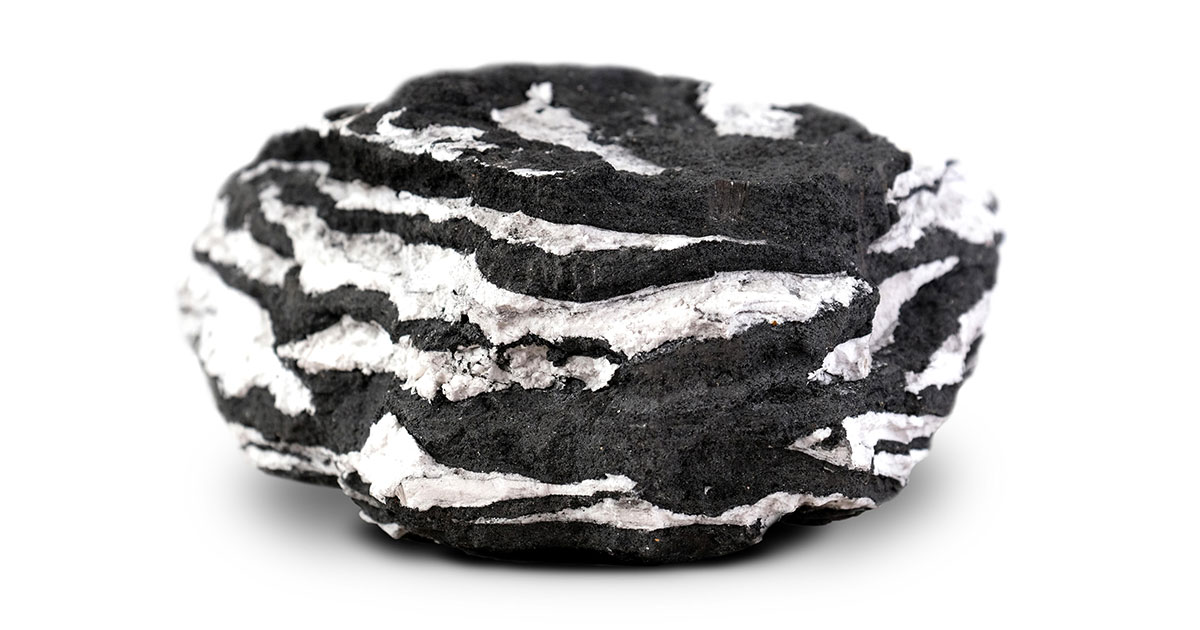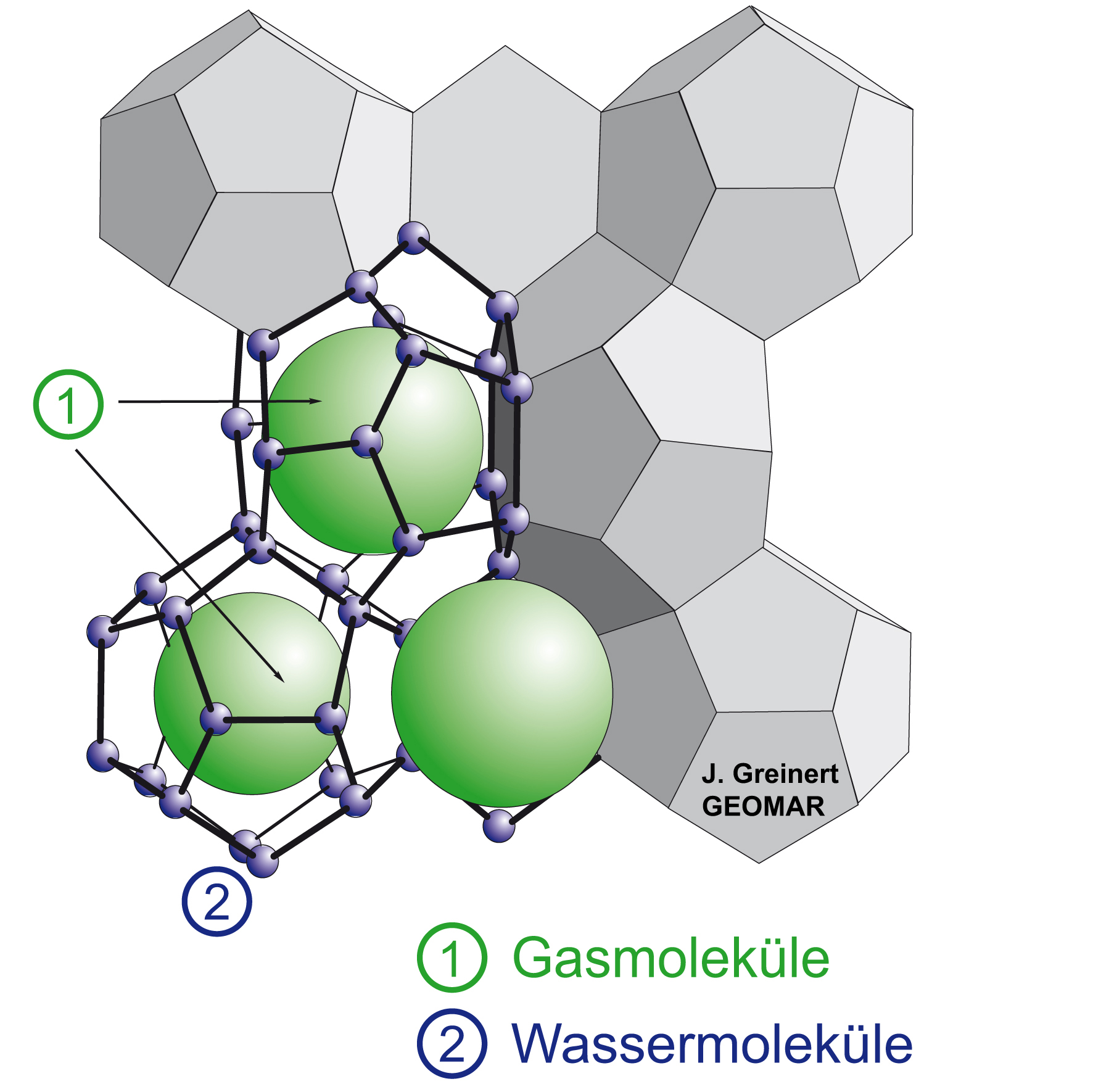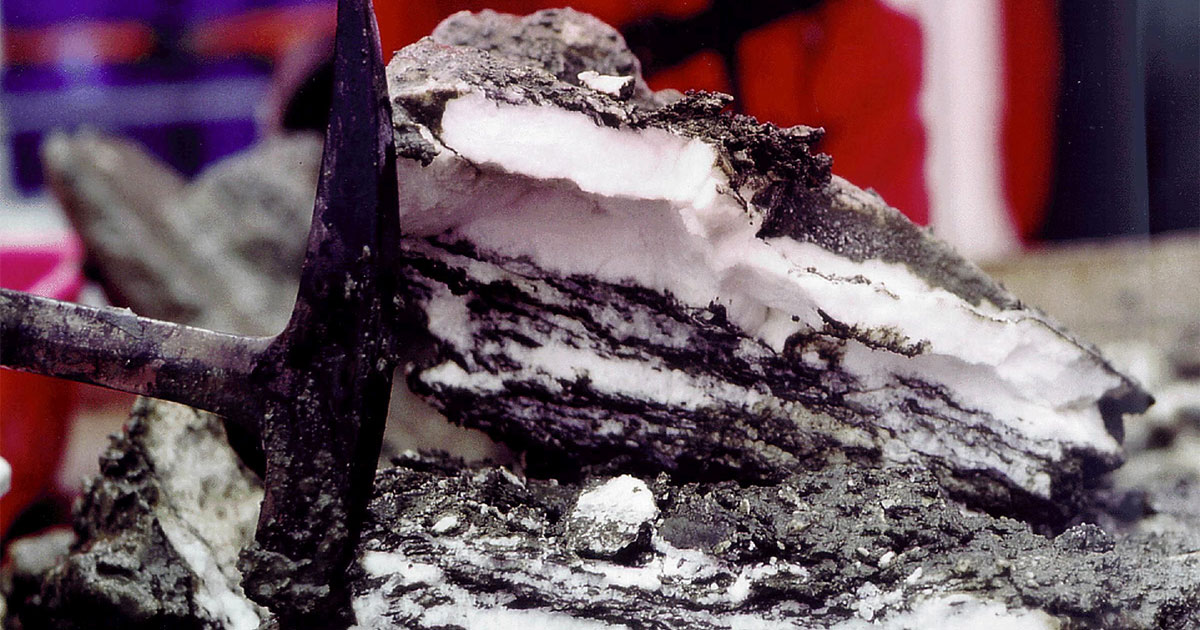An international team of researchers involving experts from GEOMAR Helmholtz Centre for Ocean Research Kiel found that methane, a potent greenhouse gas released as methane hydrates break down, moves from the deepest parts of the continental slope to the edge of the underwater shelf, and even further inland beyond where methane hydrates are typically found. This means that a substantial amount of methane could potentially be vulnerable and released into the atmosphere as a result of climate warming.
Methane hydrates are structures in the ocean floor that contain methane, a potent greenhouse gas. When these hydrates, also broadly called fire-ice, break down, they release methane into the ocean and the atmosphere, contributing to global warming. An international team of scientists coordinated by Newcastle University, United Kingdom and involving experts from GEOMAR Helmholtz Centre for Ocean Research Kiel, Germany, now found that methane hydrates are able to migrate from the seafloor towards the land, which increases the amount of methane that can be set free and accelerate climate change.
The scientists used advanced three-dimensional seismic imaging techniques to examine the hydrate dissociation zone off the coast of Mauritania, Africa. Published in the journal Nature Geoscience, the study identified a specific case where dissociated methane migrated over 40 kilometers and was released through a field of underwater depressions, known as pockmarks, during past warm periods in Earth’s history.

Model of a piece of a sediment sample with methane hydrate. (Image credit: Jan Steffen, GEOMAR)
Lead author Professor Dr. Richard Davies, Pro-Vice-Chancellor Global and Sustainability, Newcastle University, said: “It was a Covid lockdown discovery: I revisited imaging of strata just under the modern seafloor offshore of Mauritania and pretty much stumbled over 23 pockmarks. They formed because methane released from hydrate, from the deepest parts of the continental slope vented into the ocean. Scientists had thought this hydrate was not vulnerable to climatic warming, but we have shown it is.”
Researchers have previously studied how changes in bottom water temperature near continental margins can affect the release of methane from hydrates. However, these studies mainly focused on areas where only a small portion of global methane hydrates are located. This is the first study to investigate the release of methane from the deep parts of the hydrate stability zone. The results show that methane released from the hydrate stability zone travelled a significant distance towards land.

Methane hydrate structure. (Image credit: Jens Greinert, GEOMAR)
Professor Dr. Christian Berndt, Head of the Research Unit Marine Geodynamics at GEOMAR, added: “This is an important discovery. So far, research efforts focused on the shallowest parts of the hydrate stability zone, because we thought that only this portion is sensitive to climate variations. The new data clearly show that far larger volumes of methane may be liberated from marine hydrates and we really have to get to the bottom of this to understand better the role of hydrates in the climate system.”
The study results can play a key role in helping to predict and address the impact of methane on our changing climate. The team are now planning a scientific cruise to drill into the pockmarks and see if they can more closely tie them to past climatic warming events.
Original publication:
Davies, R.J., Yang, J., Ireland, M.T, Berndt, C., Morales Maqueda, M.A., Huuse, M. (2023): Long-distance migration and venting of methane from the base of the hydrate stability zone. Nature Geoscience, doi: 10.1038/s41561-023-01333-w



